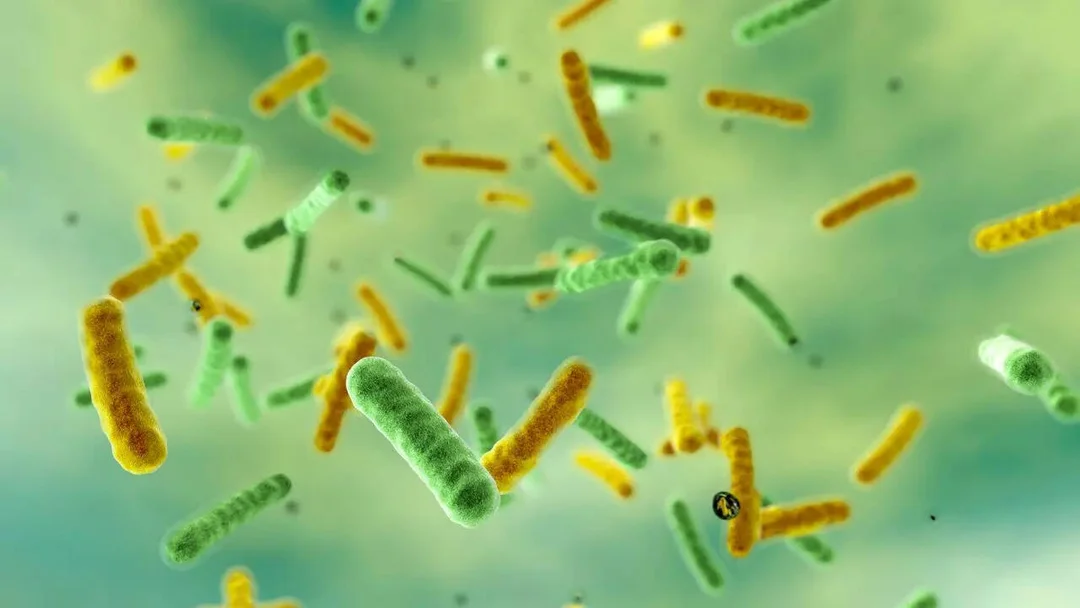
NASA’s Clean Room Surprise: 26 New Microbe Species Discovered, Holding Clues to Space Survival and Biotech Innovations
Life finds a way, even in the most meticulously sterilized environments. Scientists have made a fascinating discovery within NASA's clean rooms, the very places designed to keep spacecraft pristine before launch. A new study reveals the identification of 26 previously unknown bacterial species in the facilities used to prepare the Phoenix Mars lander for its 2007 mission. This unexpected find not only highlights the resilience of microbial life but also opens doors to potential breakthroughs in space exploration and even biotechnology.

The research, conducted by a global team from NASA's Jet Propulsion Laboratory (JPL), King Abdullah University of Science and Technology (KAUST) and institutions in India, focused on understanding the risks posed by extremophiles - microorganisms capable of thriving in extreme conditions. These aren't your average germs; they're survivors, adapted to environments ranging from the vacuum of space to deep-sea hydrothermal vents.
"Our study aimed to understand the risk of extremophiles being transferred in space missions and to identify which microorganisms might survive the harsh conditions of space," said Alexandre Rosado, a researcher at KAUST. This research is critical for preventing the accidental colonization of other planets during exploration missions, a concern that NASA takes very seriously.
The key to survival for these tenacious microbes may lie in their unique genetic makeup. After analyzing samples from the Payload Hazardous Servicing Facility at NASA's Kennedy Space Center, researchers discovered 53 strains belonging to the 26 novel species. Delving into their genomes revealed genes linked to DNA repair, detoxification of harmful substances, and enhanced metabolism – all potential adaptations for surviving in harsh environments.

But the implications extend far beyond space exploration. According to Junia Schultz, a postdoctoral fellow at KAUST, "The genes identified in these newly discovered bacterial species could be engineered for applications in medicine, food preservation and other industries." Imagine harnessing the resilience of these extremophiles for practical uses here on Earth.
Furthermore, this research is driving improvements in NASA's clean room protocols. By understanding how these microbes manage to persist, NASA can refine its sterilization techniques and further minimize the risk of biological contamination on future missions. This is a continuous process of learning and adaptation, ensuring the integrity of planetary exploration.
"Together, we are unraveling the mysteries of microbes that withstand the extreme conditions of space — organisms with the potential to revolutionize the life sciences, bioengineering and interplanetary exploration," stated Kasthuri Venkateswaran, a retired JPL scientist and lead author of the study.
This discovery raises important questions about the limits of life and its adaptability. What other secrets do these resilient microbes hold? Could they provide new insights into how life originated and evolved, both on Earth and potentially elsewhere in the universe?
Share your thoughts and theories in the comments below. What applications do you envision for these newly discovered extremophiles?